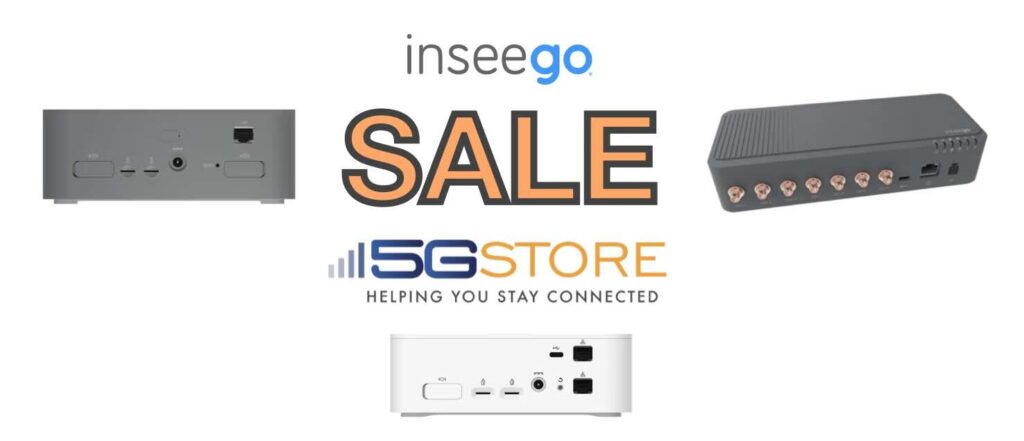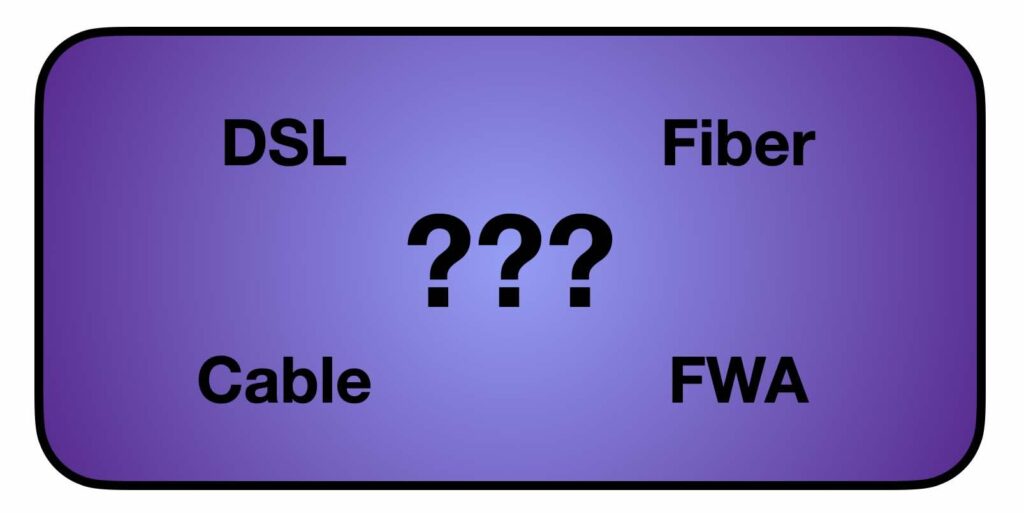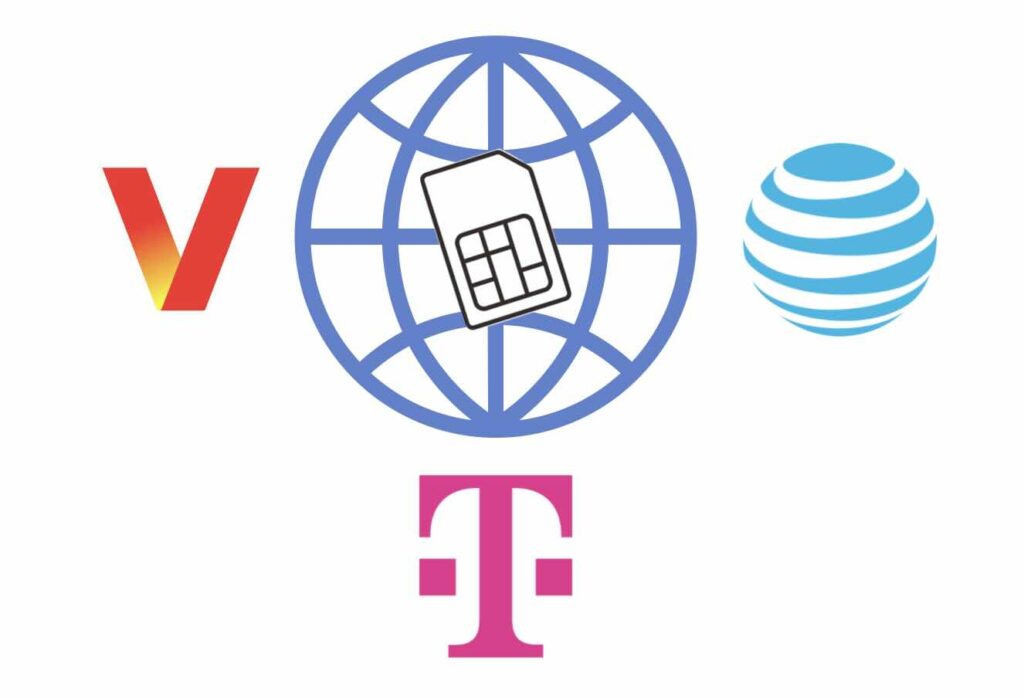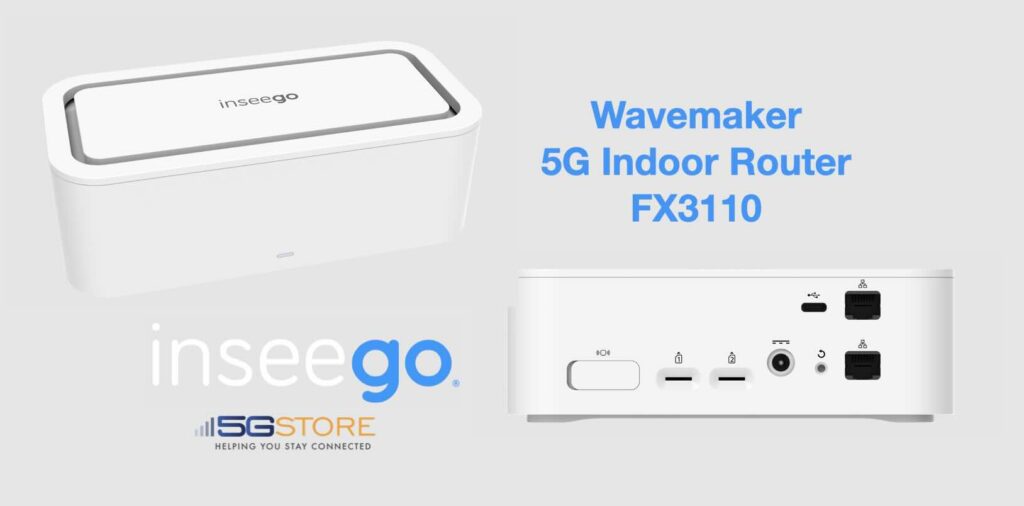Guest Article written by the Poynting team In previous discussions, we have extensively covered Fixed Wireless Access Customer Premises Equipment (FWA CPEs) that utilize outdoor antennas. Traditionally, these solutions involved connecting outdoor antennas to indoor routers. However, Poynting’s technology has since evolved, resulting in a more efficient solution known as ePoynt. Introduction to ePoynt ePoynt […]
Tag: FWA
Samsung and UScellular Improve 5G Fixed Wireless Access in the Mid-Atlantic
Advancing 5G Connectivity with Cutting-Edge Solutions Samsung Electronics and UScellular have taken a major step forward in enhancing 5G Fixed Wireless Access (FWA) services in the Mid-Atlantic region. Through the deployment of Samsung’s 5G mmWave technology and virtualized Radio Access Network (vRAN) solutions, UScellular is significantly improving its network performance, delivering high-speed, low-latency connectivity to […]
Exciting End-of-Year Inseego Sale at 5Gstore.com!
Are you looking for high-performance 5G solutions to elevate your connectivity experience? Look no further! 5Gstore.com is thrilled to announce a special Inseego sale on the router models FX2000e, FX3110, and the S2000e. These 5G routers are available now at unbeatable prices until December 31, 2024 (no special coupon code needed). Now, let’s dive into […]
FWA vs Wired Internet: Uncovering the Best Choice for You
In our fast-evolving digital landscape, reliable internet access is essential for homes and businesses alike. With the rise of Fixed Wireless Access (FWA) as an alternative to traditional wired Internet services (e.g. DSL, Cable, etc), many are evaluating whether FWA might be the right solution. How does FWA compare to wired internet? This question is […]
The Race for eSIM and Fixed Wireless Access (FWA): How Verizon, AT&T, and T-Mobile Could Conquer Future Data
The rise of eSIM technology is transforming industries and reshaping how we think about connectivity. When combined with Fixed Wireless Access (FWA), eSIM offers significant opportunities for both businesses and consumers to enjoy high-speed internet without the need for physical SIM cards. The competition between major carriers—Verizon, AT&T, and T-Mobile—is intensifying as they race to […]
Introducing the Inseego FX3110 5G Router
We’re excited to announce the arrival of the Inseego FX3110, a cutting-edge 5G router designed to deliver fast, reliable, and flexible internet connectivity. Whether you’re looking to set up a failover solution or boost network reliability in demanding environments, the FX3110 offers several robust features to help meet your needs. Key Features of the Inseego […]
The Future of Fixed Wireless Access (FWA) and eSIM: A Game-Changer for 5G Connectivity
As the world transitions further into the digital age, Fixed Wireless Access (FWA) is rapidly emerging as a leading solution for providing high-speed internet to homes and businesses. This evolution is particularly exciting when combined with the rise of eSIM technology, which has the potential to revolutionize how users upgrade their 5G routers and enhance […]
Prevent Data Usage Overage Charges with a Secondary Internet Service
Did you know that cable Internet service providers can limit your data usage or charge you for overages, similar to cellular providers? It’s true! Providers like Xfinity, for example, have plans that allow for up to 1.2 TB of data. When you get close to this limit, they will notify you with an email. This […]
Do You Really Need an Unlimited Data Plan?
Switching from a traditional wired Internet service to cellular Internet, also known as Fixed Wireless Access (FWA), can be a big decision. One common concern is whether an unlimited data plan is necessary. While unlimited plans can offer peace of mind, they often come with higher costs and might not be necessary for everyone. Understanding […]
Why Isn’t 5G Home Internet Available Where My Phone Has 5G Service?
The promise of 5G is its revolutionary speed and connectivity, so it can be frustrating to have 5G service on your phone but find that 5G Home Internet isn’t available at your address. A representative at CNET experienced this firsthand, noting that their iPhone’s 5G connection outperformed their 5G Home hub. Why might this be? […]







